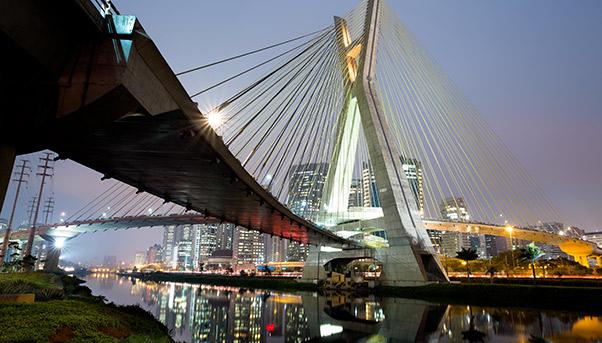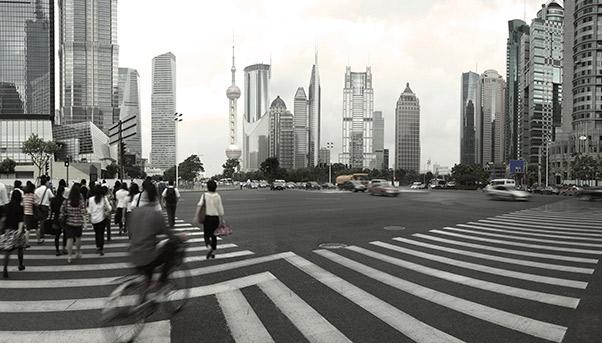
The change will happen in 2030. That is the year when PricewaterhouseCoopers, or PwC foresees the E7 - what it defines as the world’s seven most important emerging economies – will surpass those of the Group of Seven, or G7, in terms of accumulated gross domestic product (GDP). The G7 comprises the most developed countries in the world, including the United States, the United Kingdom, France, Germany, Italy, Canada and Japan.
The E7’s challenge to this powerful club, formed in 1975 at Rambouillet near Paris, by emerging economies was coined by a report published in 2006 by PwC’s Stern Review, describing it as group comprising China, India, Brazil, Mexico, Russia, Indonesia and Turkey. A lot has changed since then, but the race by these seven emerging economies has been so tight that the U.S. consulting firm had to revise its forecast and bring forward the year to 2030 for when it expects them to come to the fore.
Although there are still many years to go, growth among these countries mechanism was unleashed began a long time ago, creating an alternative market where public and private investments to bridge the infrastructure gap are very high. So there is a change in the composition of reference markets as the growth rates of their economies are much faster than those of developed countries.
Leadership’s trials
The path being taken by the E7 in international markets shows how this group will not only catch up but surpass the G7 by 2030, according to PwC.
First, its analysts expect China's gross domestic product (GDP) to exceed that of the United States. Despite the slower growth rates recorded during the last few quarters, China's economy is growing at a faster pace year after year, bringing it closer to the U.S. levels. But this is just one of many figures: by 2030, seven of the world’s 12 biggest economies will be of those belonging to the E7.
Trade among E7 countries is growing five times more than that is among those of the G7, while the number of people belonging to the middle class in the Asian Pacific, for example, has exceeded those in Europe and the United States combined. By 2021, the middle class of emerging economies will have a purchasing power of $6 trillion a year.
The effects on infrastructures
GDP growth encourages more investment and development. In a PwC survey, more than 50% of chief executives of global companies are convinced that the rise of emerging economies will push their labor costs higher.
What is more, all confirmed that 70% of multinationals will have at their headquarters in Asia by 2020 – 10 years before the expected shift of 2030. But what counts the most effect this rebalancing of global economic power will have on investments in infrastructure.
PwC estimates that global investment in infrastructure will reach $9 trillion by 2025, with an accumulated amount of $78 trillion spent by 2025. With this in mind, the Asia Pacific market where some of the most important economies of teh E7 are located like China, Indonesia and parts of India, is worth 60% of total spending, while Europe makes up less than 10%.

This is a trend that is destined to consolidate in time, at least according to a report by the World Bank. The latest report, entitled “Infrastructure Investment Demands in Emerging Markets and Developing Economies”, it calculates that the gap in annual spending on infrastructure is still in order of $452 billion despite this concentration of spending by emerging economies.
This will contribute to rewriting the map of public works that will inevitably be concentrated in those countries that are capable to expressing better than the others a solid and long lasting economic growth.
The Promise of Africa
The game of forecasts certainly do not stop with E7. Analysts, economists and investors are already at work to mine the most interesting markets of the future, those that – in addition to the emerging giants – show the most evident signs of a vital and stable growth. Among these, perhaps the most attractive region in Sub Sahara Africa. In an April analysis by the International Monetary Fund, the economists indicate that – even though the average growth rate GDP for the region halted at 3% in 2015 – in the last decade it has never fallen below a range between 5% and 7%.
The latest growth prospects as well as the trade relations developing among emerging economies were underlined among the first by Ian Bremmer in an article publishes in Jan. 22, 2015 in the U.S. magazine “Fortune”.
“Another region showing great promise is sub-Saharan Africa, now home to the world’s fastest-growing middle class.” Writes Bremmer, who is founder and president of Eurasia Group. “Investors continue to think of Africa almost entirely as an exporter of oil, gas, metals, and minerals, but services are playing an ever larger role across the continent. And governance in many countries has improved sharply. The World Bank’s 2013–14 “Doing Business” report asserted that sub-Saharan Africa has benefited more than other regions from regulatory improvement.”
After the dusk of BRICs and once the end of the golden age of the E7, even Sub Saharan Africa stands in line to give life to a new group of countries read to do battle in international markets.


